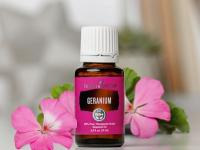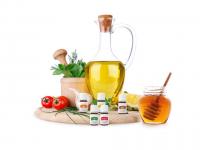Agust 11, 2024
Evidence suggests that nurses' injuries, infections and illnesses are associated with fatigue and sleep disorders. Nurses with poor sleep quality are more prone to burnout, depression, and anxiety.
Studies have demonstrated that non-pharmacologic interventions in psychology and complementary medicine, such as cognitive behavioral therapy, music therapy, progressive muscle relaxation, meditation, and acupuncture, effectively reduce fatigue and improve nurses' sleep quality. Furthermore, aromatherapy is a complementary medical method which is easy, safe and relatively inexpensive to implement.
Essential oils have a refreshing effect, primarily with inhalation. The sense of smell activates the limbic system and hormones, reducing stress, depression, and fatigue by increasing mental and physical stability. In the study, geranium was shown to be effective on the hypothalamic-pituitary-adrenal axis and has sedative effects by reducing glucocorticoid levels. In addition, geranium can reduce anxiety, anger, restlessness, and emotional depression due to its antioxidant effects. The antioxidant activity of geranium essential oil can be attributed to the presence of monoterpene identified in its chemical composition including geraniol. In another study, the effectiveness of aromatherapy massage with a combination of essential oils of lavender, geranium, and chamomile in reducing anxiety and fatigue of nursing students was reported in the first clinical experience. Another study showed reduced stress, fatigue, and improved mood in operating room nurses after inhaling aromatherapy with a mixture of lavender, geranium, and marjoram.





